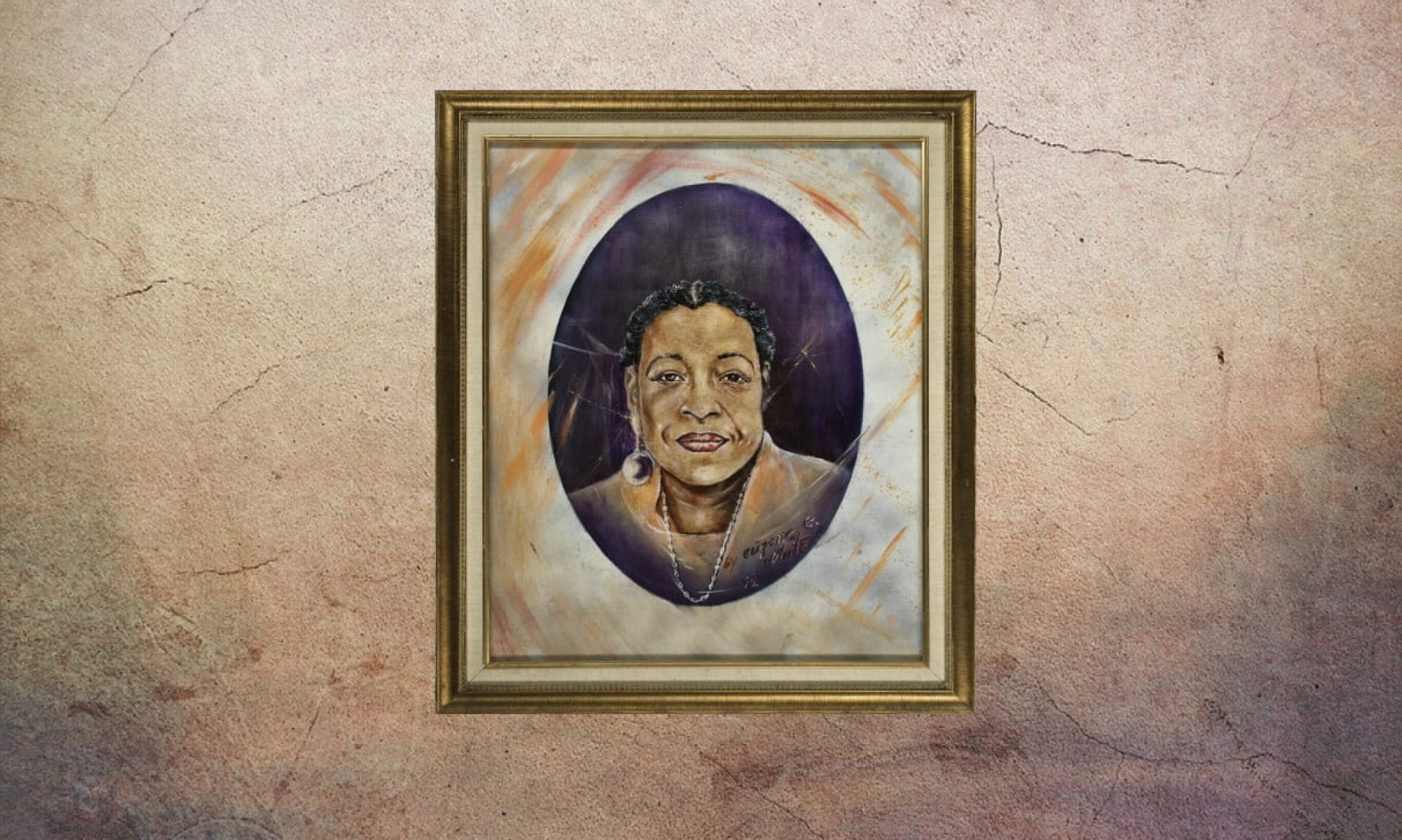
Wilbur Wyatt Hamilton was born on January 28, 1931, in San Antonio, Texas to E. E. Hamilton and Bessie Fields. Growing up, both of his parents played active roles for the Church of God in Christ, which was the primary factor in moving them to Hearne, Texas, so that his parents could work for the Church’s first school. After a few years they settled in San Francisco.
Upon their arrival, Wilbur’s father bought a church that had been vacated by the Japanese community during World War II in the Western Addition. His father held gospel readings and mass there for the people in the community.
Wilbur Wyatt Hamilton, better known as Bishop Hamilton, received an A.A. degree from San Francisco City College before obtaining a bachelor’s degree in Social Science from Simpson College and then an M.B.A. degree from Golden Gate University and a Doctor of Divinity degree from Simpson College in San Francisco. Hamilton remembers growing up in the Western Addition as a young child and recalls that many of his best friends were Japanese. He looks back on the time of World War II and Japanese internment as a time of sadness and confusion, explaining in an interview that he still remembers “the awful feeling when they disappeared and not being able to understand fully what was going on” (Harlem of the West).
As an adult, Hamilton was recruited by Justin Herman during the A2 phase of the urban renewal project to help lead the program and ensure that the African American community had a say in the renewal process (KQED Fillmore). Because of the controversy surrounding the first round of renewal that blighted the Western Addition community, Herman called a meeting filled with African Americans from the Western Addition to try to resolve some of these differences. Herman proposed his plan and angered many members of the community. Among them was Wilbur Hamilton, who quickly opposed Herman. Herman then stood up in his chair and shouted at Hamilton in the meeting, “If you’re so damned dissatisfied with what’s going on, why don’t you come out to the Western Addition and run the program?” Hamilton then said, “You’ve got a deal.” Like that, Hamilton became the director of A2.
As a part of the renewal projects, Herman wanted to tear down many of the older buildings in the neighborhood to make room for new construction. Among these buildings was Wilbur Hamilton’s father’s church which was also torn down as a part of this second phase of renewal. This was a controversial act, especially given Hamilton’s role in the program. The church, along with many other buildings in the neighborhood, was torn down. Many of the buildings were not actually constructed on the abandoned properties for years and only a small part of the original community remains.
After being part of the San Francisco Redevelopment Agency, Hamilton dedicated himself to religion. He was the founding Bishop of California Northwest Jurisdiction, Church of God In Christ. Hamilton also served as founding Pastor of the Hamilton Memorial Church of God in Christ in San Francisco and has held a succession of state and national appointments in the Church of God in Christ, culminating with his Consecration in 1987 as Bishop and Prelate of the California Northwest Ecclesiastical Jurisdiction.
In 1980 Bishop Hamilton was appointed to serve as Pastor of the Victory Temple Church of God in Christ in Seaside, California. In November 1990 he was elected General Secretary of the Church of God in Christ, Inc. He was then re-elected in 1992 and 1996. In November 2000 Hamilton was elected General Board Member and was appointed by Presiding Bishop G.E. Patterson to the position of General Board Secretary. In 2004 he was re-elected to the General Board and re-appointed to the position of General Board Secretary.
Because of the influence that Bishop Wilbur Hamilton held in the Western Addition, he is painted onto the Ella Hill Hutch Community Center mural. Though to some he is seen as a controversial figure, the impact that he had upon the community cannot be denied, and his good intentions are not in question. The legacies of urban renewal are still visible in the Fillmore District today. Bishop Wilbur Hamilton played an instrumental role throughout the A2 phase and, through thick and thin, was a leader and representative for the Western Addition.
— Eduardo Alguera and Zachary James
Works Cited
“Bishop Wilbur Hamilton.” Harlem of the West. 24 Aug 2018.
“Bishop Wilburn Wyatt Hamilton, Pastor.” Greater Victory Temple. Greater Victory Temple. 2015.
“Hamilton, Wilbur Wyatt.” HighBeam. 1 Jan 2009.
Martin, S. R. “Part 1.” On the Move: A Black Family’s Western Saga. College Station: Texas A & M UP. 2009, 53–54.
“Reverend Wilbur Hamilton.” PBS. 2001.
KQED. The Fillmore. PBS documentary. 1999.
